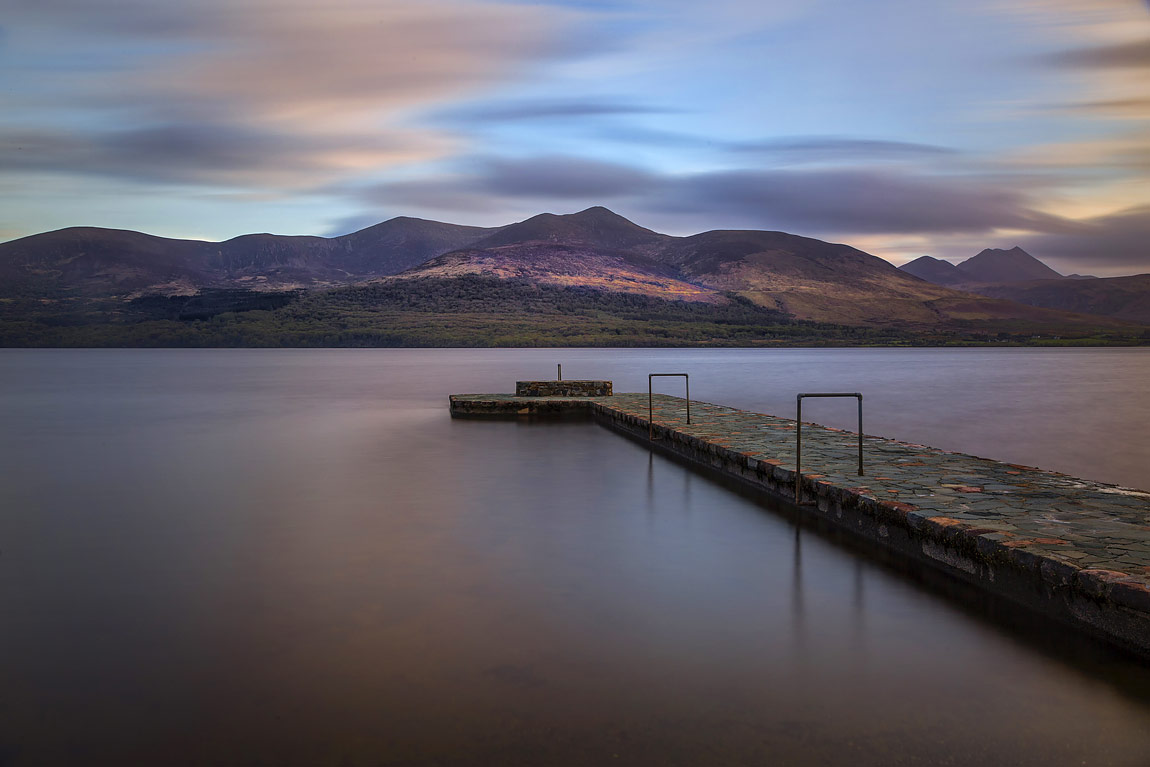Long-exposure photography is nothing new. In the early days, exposures had to be extremely long due to the photographic plates' lack of light sensitivity. French inventor Nicéphore Niépce’s “View from the Window at Le Gras” took eight hours to execute.
Early daguerreotype portrait images required an exposure of around twenty minutes, and by the early 1840s, the time had been reduced to about twenty seconds. The objective of photographers back then was to capture reality as they saw it, and long exposures were a shortcoming of the technology of the times.
In 1926, English artist John Berger wrote, “Unlike any other visual image, a photograph is not a rendering, an imitation, or an interpretation of its subject, but actually a trace of it. No painting or drawing, however natural, belongs to its subject in the way that a photograph does”.
Most photographs we see today “freeze” a moment in time, allowing the viewer to see what the photographer saw. But as artists, we strive to create images that separate us from others and using long exposures in landscape photography is one way to create images that express not what we see but what we imagine.
This photo of Lough Leane and MacGillycuddy's Reeks in Ireland was taken late afternoon. The clouds were moving, and the water was choppy. I took a few photos with a fast shutter speed but thought they lacked the mood I was feeling. The conditions were perfect for a long exposure, so I added a 10-stop ND filter and got a 76-second exposure, thanks to the low light. The movement of the clouds and the smoothness of the water help make the pier and mountains a dominant element in the composition.
Upload Your Picture • WIN $300 Cash

